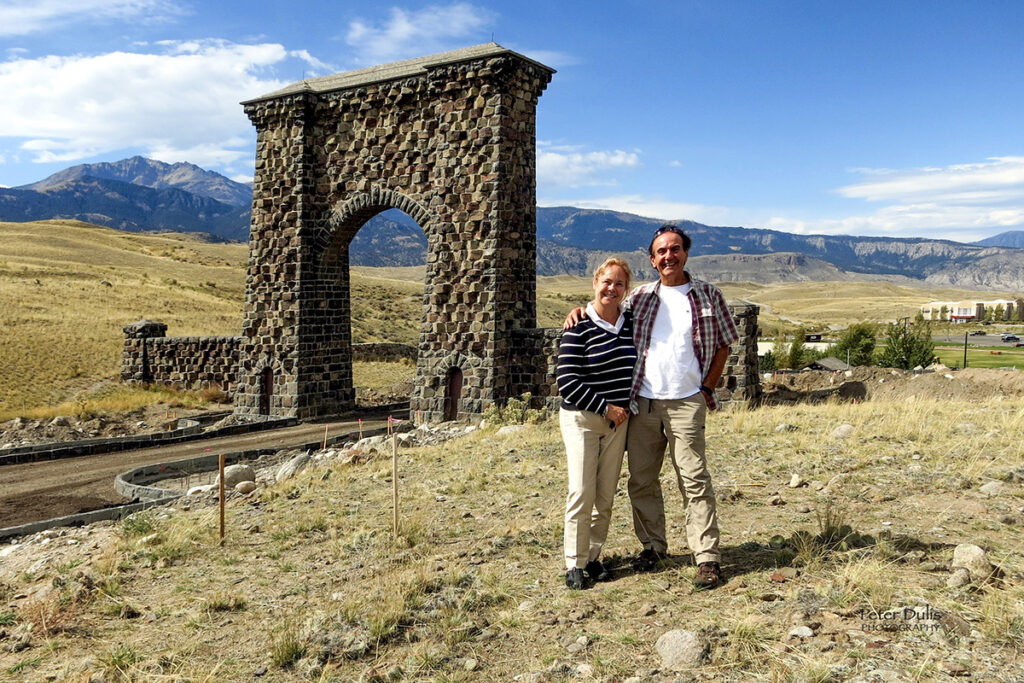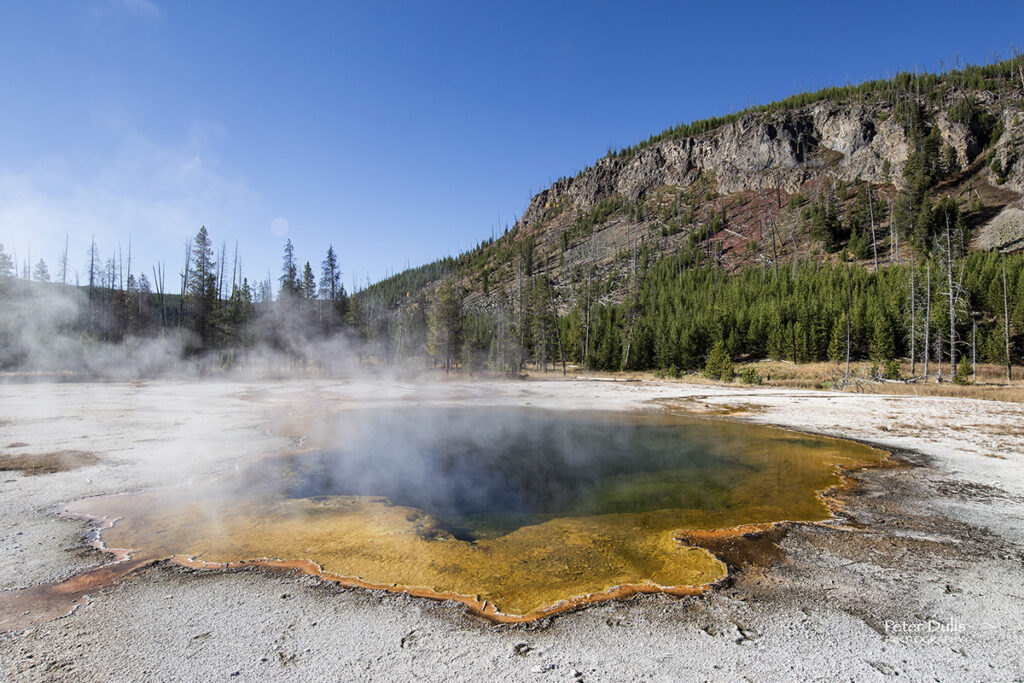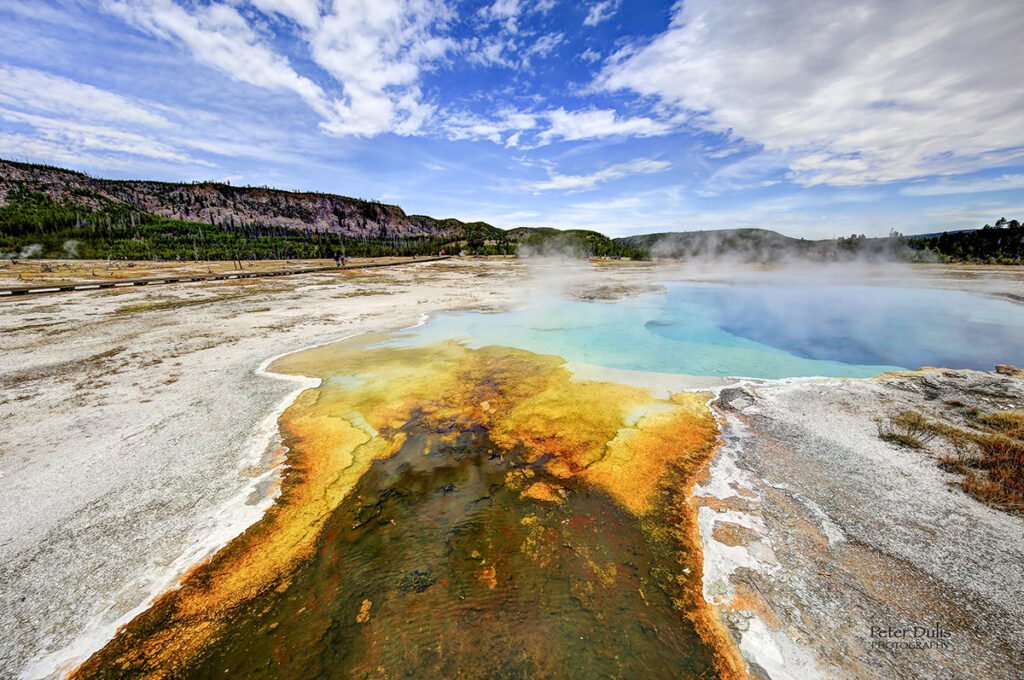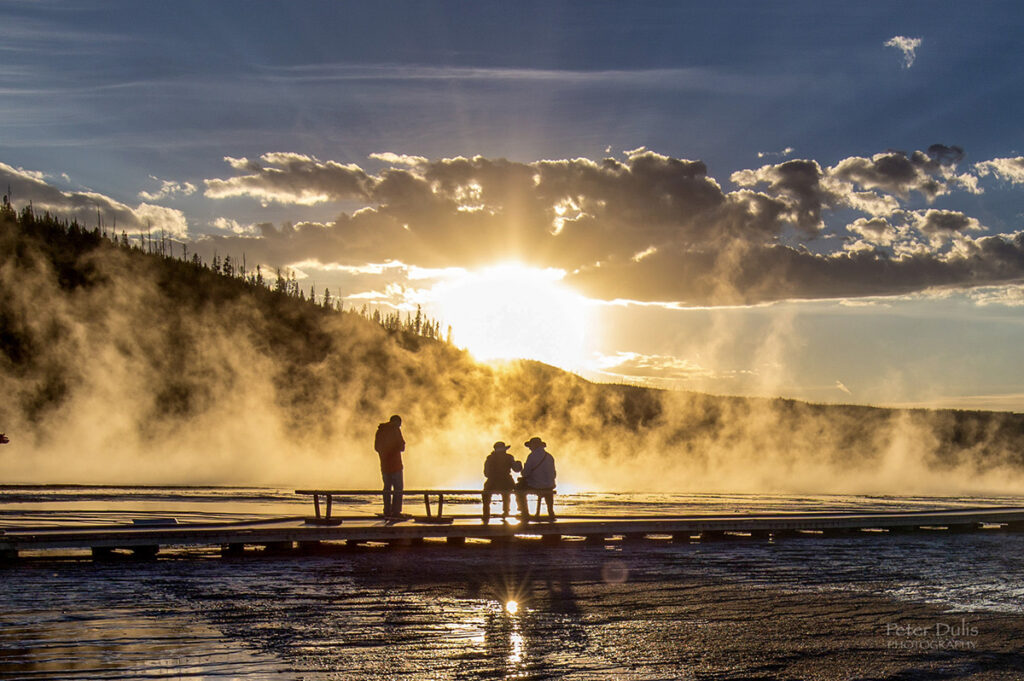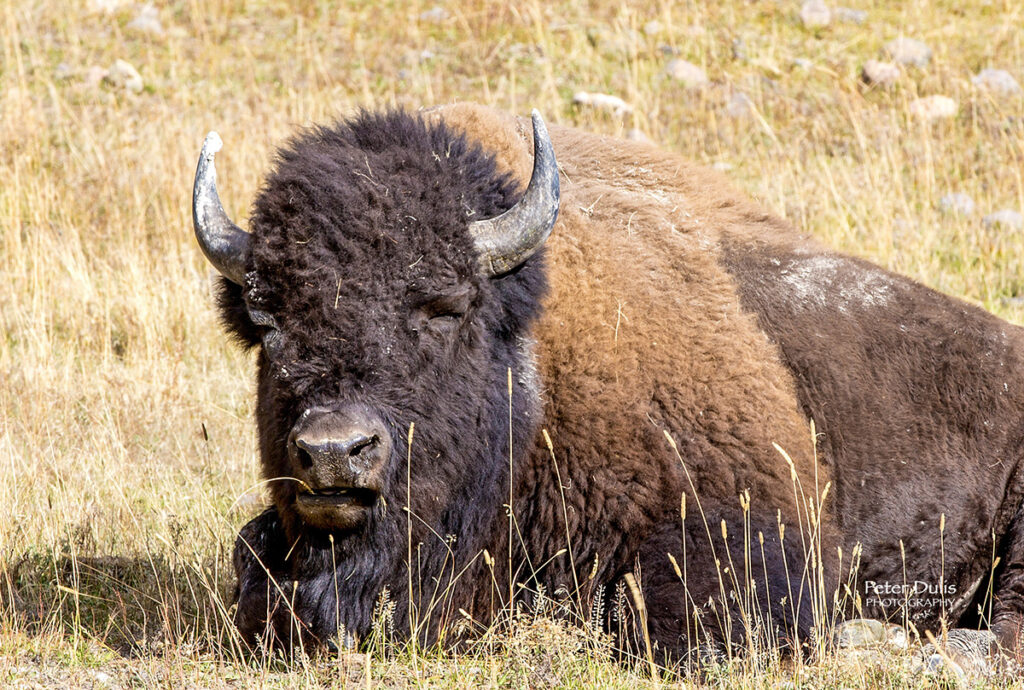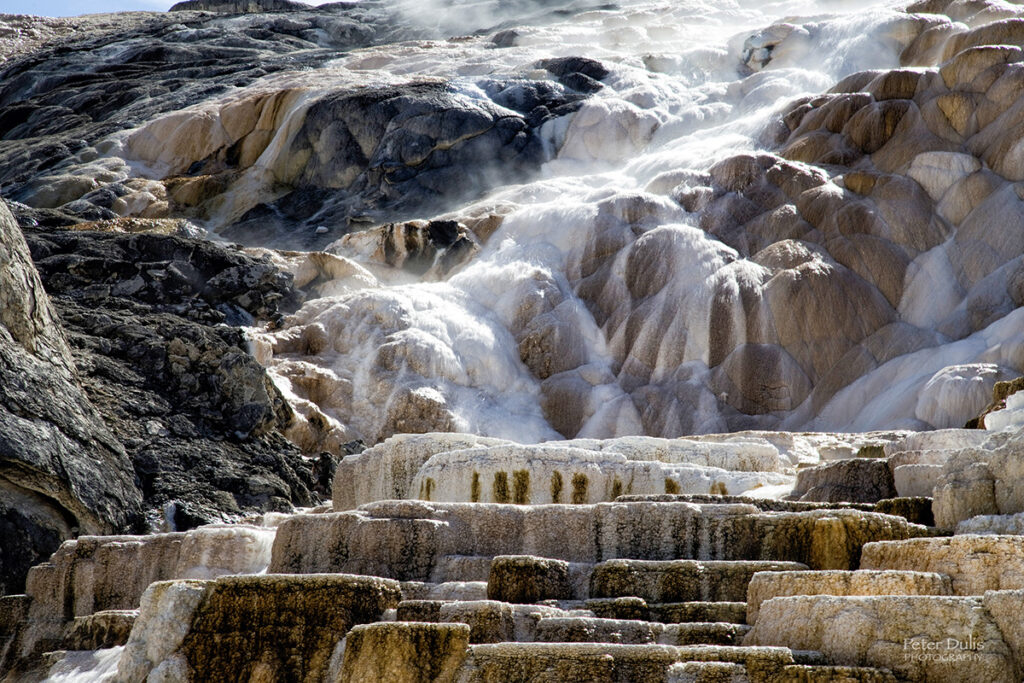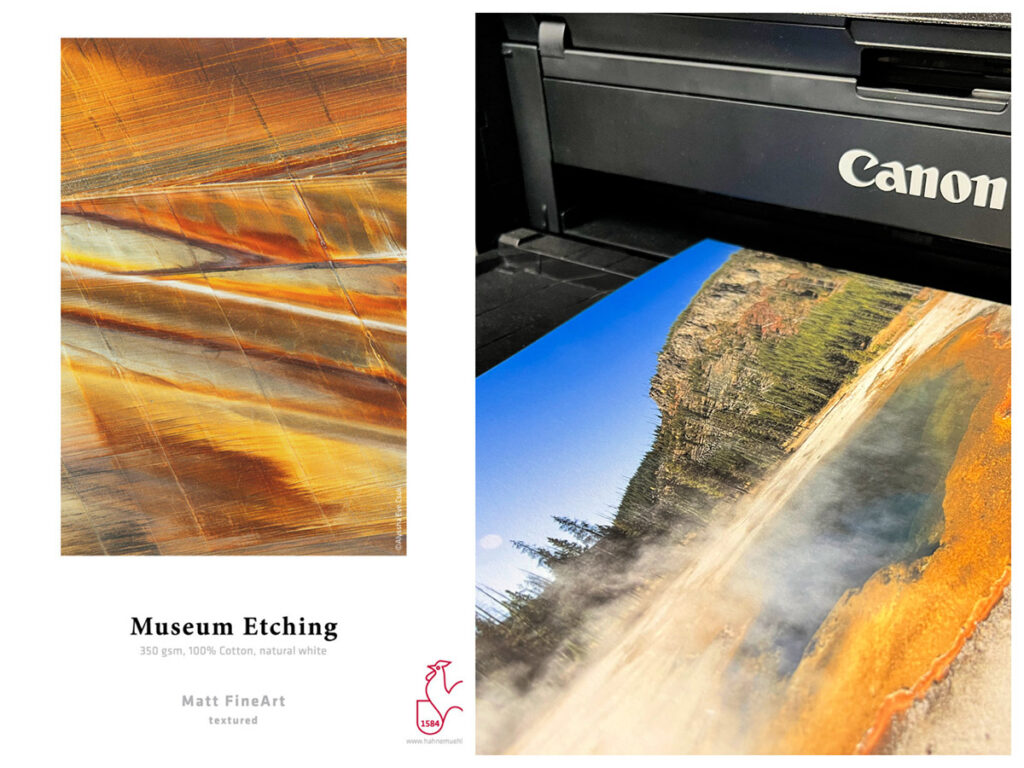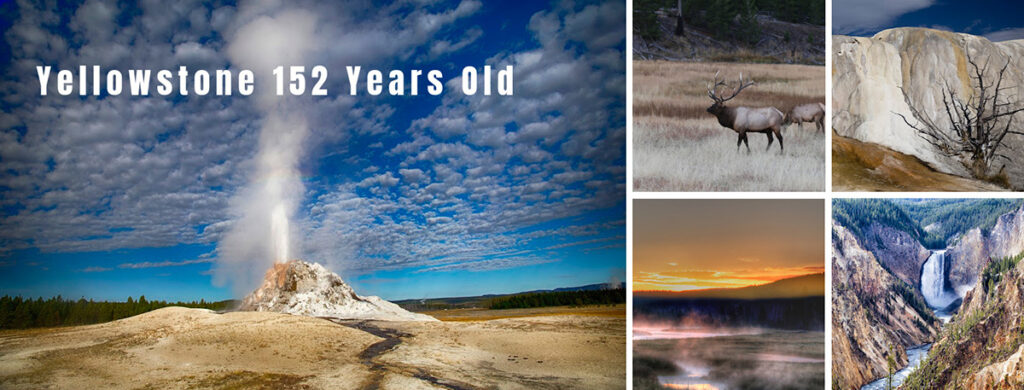 In 2024, Yellowstone National Park celebrated its 152nd anniversary, a significant milestone in the history of this beloved American national treasure. Yellowstone truly encapsulates the essence of a photographer’s utopia. It has always captivated my imagination with its mesmerizing array of geysers, steam vents, and hot springs, alongside the captivating diversity of its wildlife. Not to be overlooked, the majestic landscape of the Grand Canyon of Yellowstone adds to the endless abundance of photographic opportunities. Amidst the ongoing celebration of Yellowstone National Park’s milestone anniversary, let’s explore a captivating collection of intriguing facts and fascinating details, complemented by photos captured during our last journey to this iconic American treasure.
In 2024, Yellowstone National Park celebrated its 152nd anniversary, a significant milestone in the history of this beloved American national treasure. Yellowstone truly encapsulates the essence of a photographer’s utopia. It has always captivated my imagination with its mesmerizing array of geysers, steam vents, and hot springs, alongside the captivating diversity of its wildlife. Not to be overlooked, the majestic landscape of the Grand Canyon of Yellowstone adds to the endless abundance of photographic opportunities. Amidst the ongoing celebration of Yellowstone National Park’s milestone anniversary, let’s explore a captivating collection of intriguing facts and fascinating details, complemented by photos captured during our last journey to this iconic American treasure.
Canon S110, 1/1250 SEC., F/4.0, ISO 125,
Early Yellowstone
Roosevelt Arch was built in 1903 to welcome visitors to America’s first national park. Established on March 1, 1872, Yellowstone National Park holds the distinction of being the United States’ first national park. Prior to its establishment, the land was home to 27 Native American tribes for over 10,000 years. The arrival of the railroad in 1883 significantly enhanced accessibility to this natural wonder, opening its gates to a wider audience of visitors.
11-24mm lens, 1/160 sec., f/10, ISO 100, AV mode
Yellowstone’s Super Volcano
Realizing that Yellowstone National Park sits atop a supervolcano gave me pause just before arriving, but we pressed on for the adventure of a lifetime. The last super-eruption at Yellowstone, which occurred 631,000 years ago, was not merely a massive explosion; scientists say it was 1,000 times more powerful than the notorious 1980 eruption of Mt. Saint Helens. Almost everywhere you go in the park, the earth is oozing out steam.
11-24mm lens, 1/50 SEC., F/11, ISO 100, AV mode
Yellowstone’s Landscape
Indeed, Yellowstone National Park sits atop a massive super volcano, known as the Yellowstone Caldera. This super volcano is one of the largest and most active volcanic systems in the world. While it hasn’t erupted in thousands of years, its geothermal features, such as geysers, hot springs, and fumaroles, serve as visible reminders of the volcanic activity beneath the surface. Despite occasional seismic activity, Yellowstone’s super volcano is closely monitored by scientists to better understand its behavior and potential impact on the surrounding region.
11-24mm lens, 1/1000 SEC., F/8, ISO 200, AV mode
Yellowstone’s Geography
Yellowstone sprawls across three states, primarily occupying Wyoming, with smaller portions extending into Montana and Idaho. Its geographical diversity is remarkable, boasting the highest point at Eagle Peak, towering at 11,358 feet, and the lowest point at Reese Creek, resting at 5,282 feet. Situated at the convergence of the Great Plains, Great Basin, and Columbia Plateau, Yellowstone’s landscape offers a fascinating tapestry of ecosystems and geological wonders.
70-200 mm lens, 1/125 SEC., F/10, ISO 100, AV mode
Yellowstone’s Wildlife
Yellowstone’s rich tapestry of wildlife is as renowned as its spectacular geothermal features. Within this pristine wilderness, one discovers a remarkable diversity of fauna. Nearly 300 species of birds, 16 species of fish, five species of amphibians, six species of reptiles, and 67 species of mammals call Yellowstone home. The Yellowstone bison herd is renowned as one of the oldest and largest public bison herds in the United States. These majestic creatures are a common sight throughout the park, often encountered in various locations. From the majestic elk and iconic bison to elusive wolves and graceful birds of prey, the park’s inhabitants contribute to its status as a haven for nature enthusiasts and wildlife lovers alike.
24-105mm lens, 1/25 sec., f/18, ISO 100, AV mode
Explore Yellowstone
Yellowstone National Park is a big park and millions of people visit it annually to make lifelong memories. Some of the highlights of the park area include: Grand Canyon of the Yellowstone River, Fishing Bridge, Lake Village, Bridge Bay to the East, Madison area to the West, Mammoth Hot Springs to the north, the Norris Geyser Basin and Old Faithful in the centre, Lamar Valley, to the Northeast, and West Thumb to the south. There’s so much to see and explore, so it’s best to plan out your trip carefully.
The Finishing Touch
For the 152nd year Yellowstone Park celebration, I wanted to use a museum quality paper, so I opted for the Hahnemühle Museum Etching paper. This paper has a nice natural white cotton feel and look to it with a finely textured surface. Its 350 gsm, 100% cotton and meets the most exacting requirements for age resistance which is ideal for reproducing photographs and works of art. Try it – you’ll love it!
Happy Shooting & Printing
Discussed Items
ABOUT THE AUTHOR
Peter Dulis is a Canadian photographer and visual storyteller living in Toronto, Ontario. His work has been published in a number of magazines such as Graphic Arts Magazine, Visual Wilderness, Luminous Landscape, Photo News and has been recognized for photography excellence. Peter offers photo & printing workshops in southern Ontario and can be reached at info@photographyAdventures.ca
Peter shares many of his tips and techniques in his monthly newsletter –PhotographyAdventures.ca and PeterDulisPhotography.com
ABOUT THE AUTHOR
Peter Dulis is a Canadian photographer and visual storyteller living in Toronto, Ontario. His work has been published in a number of magazines such as Graphic Arts Magazine, Visual Wilderness, Luminous Landscape, Photo News and has been recognized for photography excellence. Peter offers photo workshops in southern Ontario and can be reached at info@photographyAdventures.ca
Peter shares many of his tips and techniques in his monthly newsletter – PhotographyAdventures.ca and PeterDulisPhotography.com



